December 11, 2025
•
5 minute read
Tools Every Cyclist Should Not Leave The House Without
When going for a ride, there’s certain items you shouldn’t be leaving the house without. These are the tools we believe you should always pack either in your bag or in a pocket so that you don’t get stranded far from home.
Ryan Elson
Founder & CMO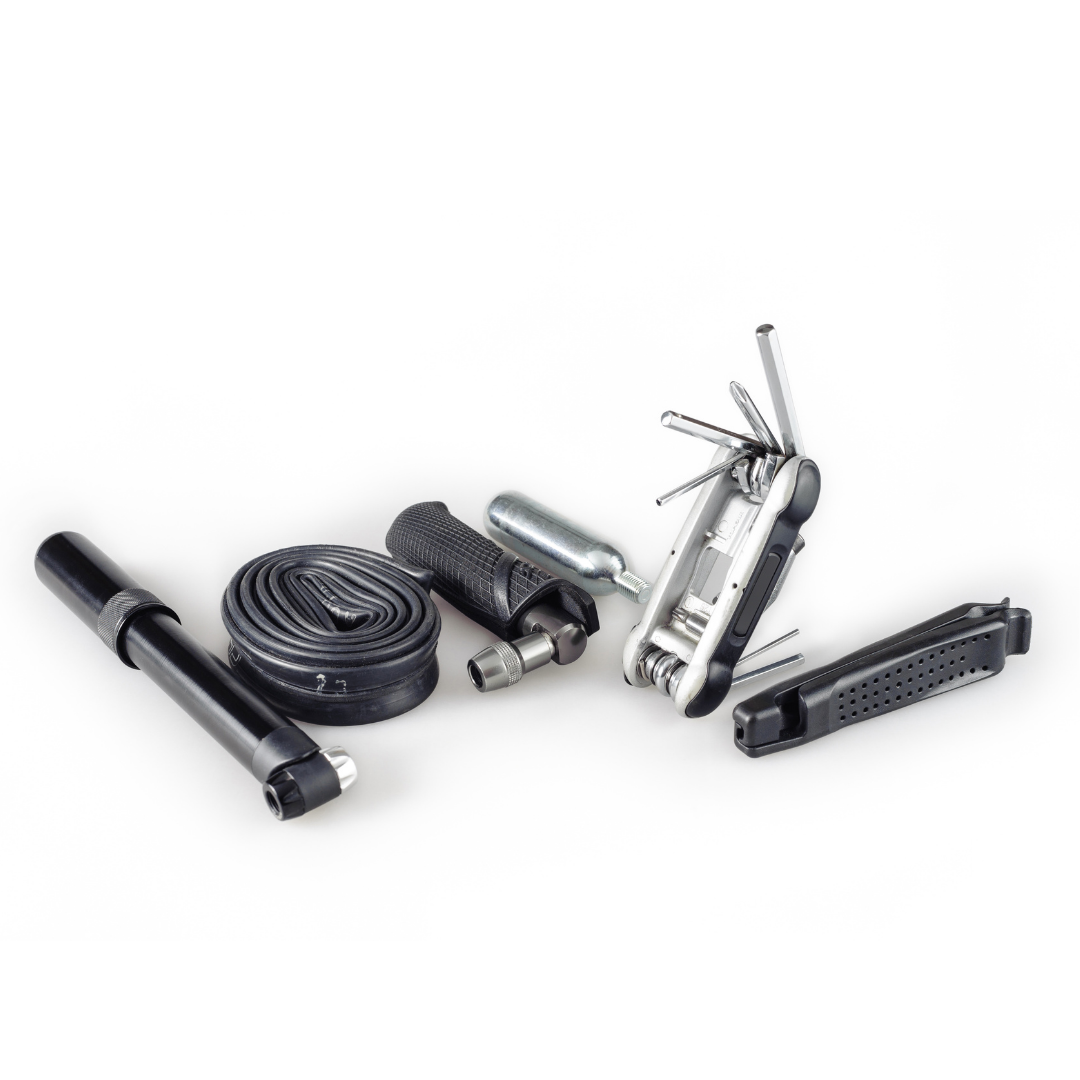
When embarking on a bike ride, it's common to venture far from home and encounter unexpected challenges. Whether it's a mechanical issue or getting lost, having access to the right resources can make all the difference. That's why it's crucial to pack the essential items before hitting the road. Don't leave home without a comprehensive bike service kit, including tools like wrenches, tire levers, and a pump. With these items on hand, you'll be better equipped to handle any issues that arise and enjoy a worry-free ride.
A puncture when cycling is inevitable at some stage throughout your bike lifespan. And the last thing you want when you're up the Yorkshire dales, or 50 miles from home is no way of bringing your wheel back to life. An inner tube is a necessity when cycling, how many you take it up to you. Personally, I would always take 2, because this acts as an insurance policy, as well as allows you to be a good person if one of your friends has forgotten theirs.
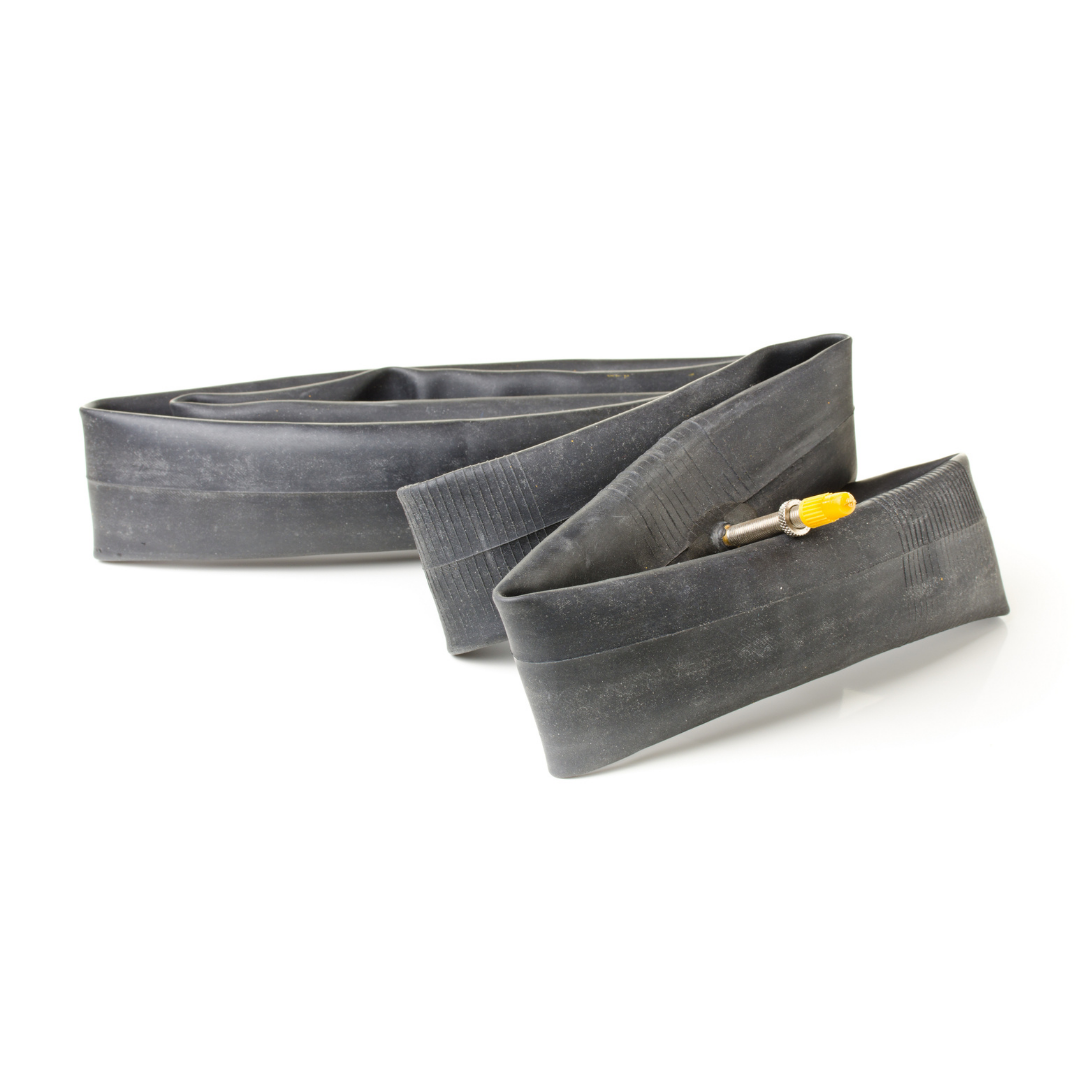
2. A means of filling your tyres with air - Pump/Gas Cannister
If you're out riding and you get a puncture, once you've fitted your inner tube, you will need a way of refilling said inner tube with air. There are 2 options in which you can do this - Pump of Gas cannister. The best pumps for the job are the longer and larger pumps which often can attach to your frame using a mount provided. These larger pumps allow more air to be injected into the tyre with each stroke, thus reducing the effort required. The downsize to this is that if you're an avid road cyclist, and you're aim is aerodynamics and weight, these won't be your pump of choice. Mini pumps are a great alternate, and although they may take a little longer to fill the tyre, they are far lighter and smaller. To take small one step further, one can ever opt for a Gas cannister. These cannister offer a massive time saving benefit, ideal for racing. Although far lighter and faster to operate, they are a one hit wonder, so if you mess it up, you may be back to square one. Beware, the canister with freeze as the CO2 is expelled so be cautious to cover your hands and not touch the cannister directly.
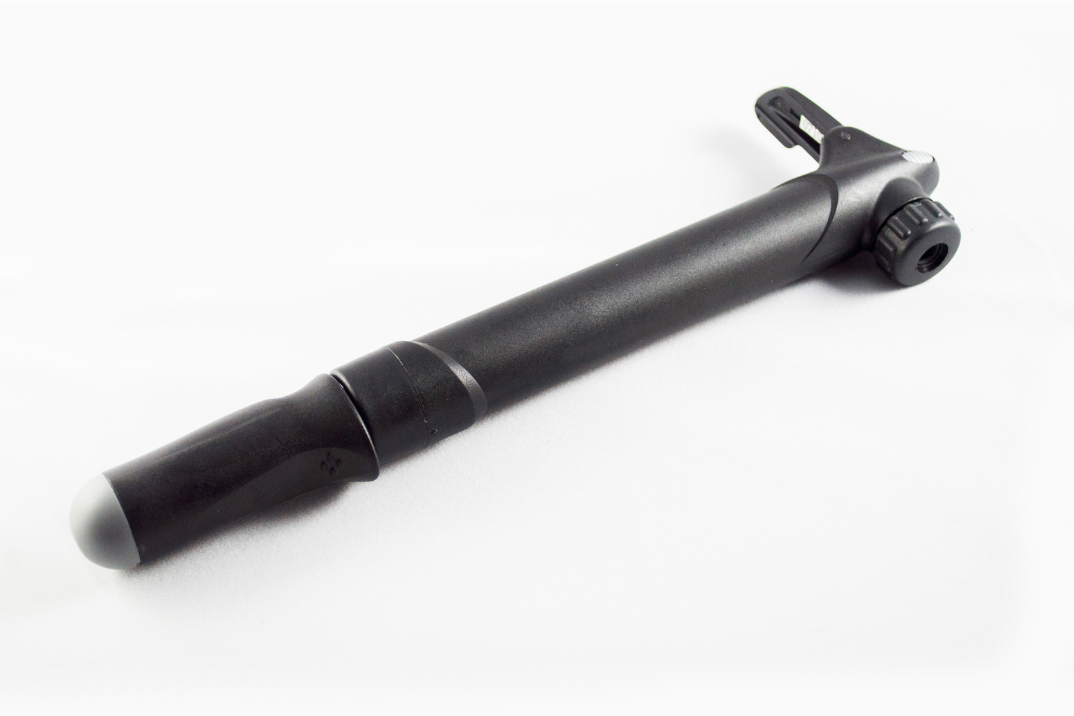
Getting a tyre off without a tyre lever can be incredibly difficult. Which means if you don't have one and you find yourself on a dirt trail up the south downs, you may be in a bit of pickle. My recommendation is to carry two, as it can make the procedure a little easier to get the hang of. They take a little practice to master so I would recommend having a practice before you venture off on your ride. A good technique is to slide one under the bead of the tyre, then put the second one in a few inches along the rim. Hold one in position while sliding the other one around the wheel rim which will release the tyre. Whatever you do, don't put the tyre back on the rim with the levers, you're likely to pinch the tube between the lever and the rim which can cause another puncture. This is better to be done by hand.
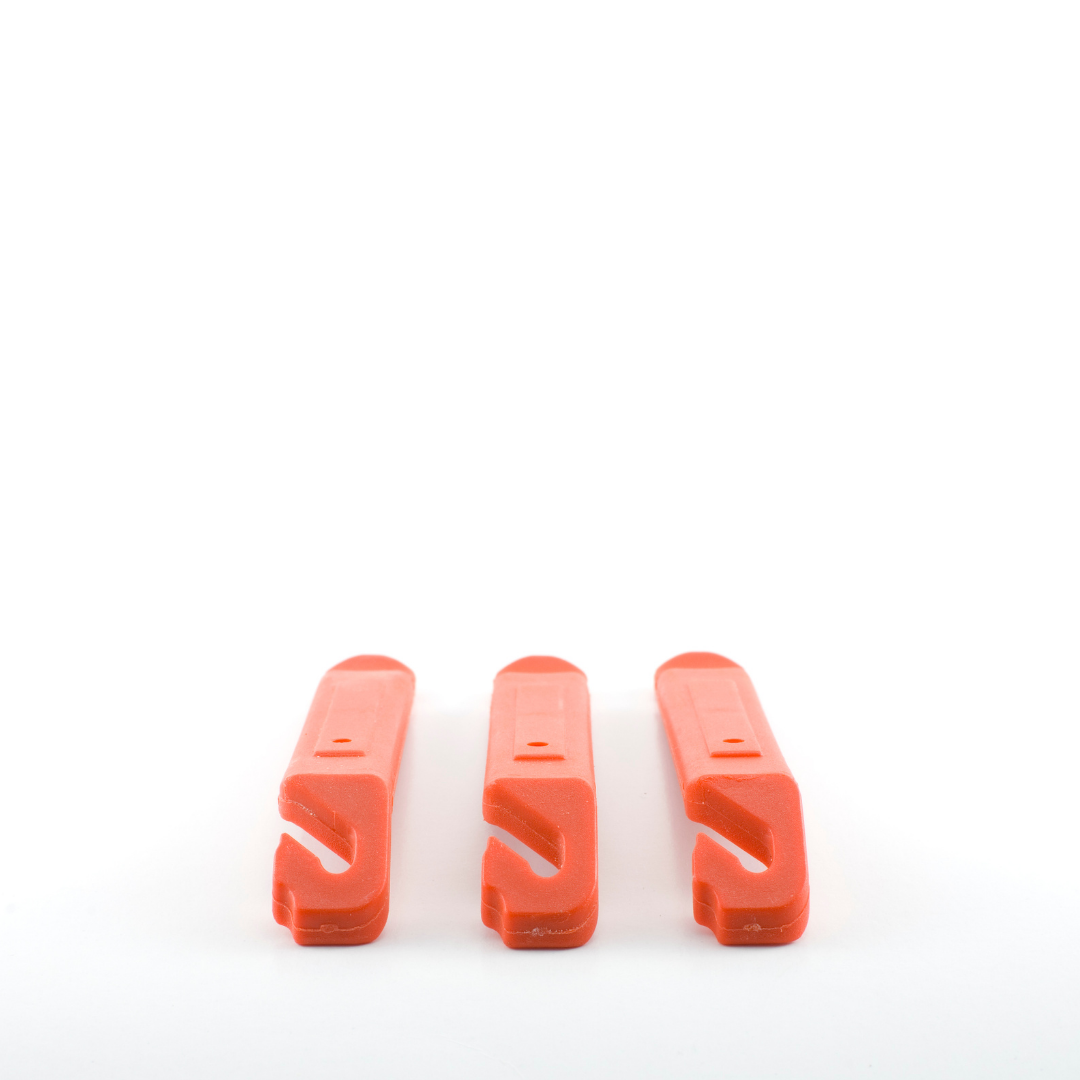
Nearly everything on a bicycle can be tighten or loosened with a four or five millimetre allen key. The trusty multi tool is a fantastic piece of kit because as it states, it has multiple tools built in. The smaller, lighter ones are good but often have items missing that can be very useful, such a chain breaker. The larger ones often have everything you will need, including tyre levers. Which one you decide to pick depends on the amount of carrying capacity your jersey and saddle bag have and the technical knowledge you have to wield said tool. Personally, I would always recommend the slightly larger ones, as although they are larger and heavier, they're not going to ruin your ride.
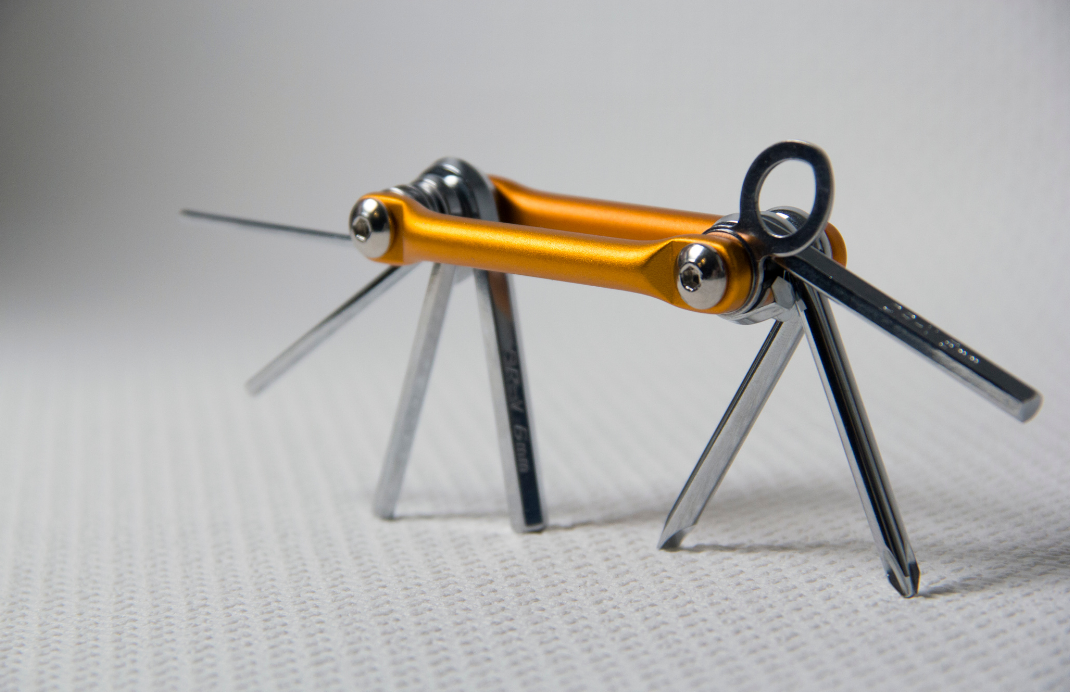
Carrying these essential tools can make all the difference when you're far from a bike service near you or a bike mechanic near you. Keep them in your bag or pocket to ensure you're prepared for any cycling mishaps that may occur during your ride.



